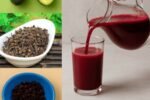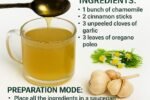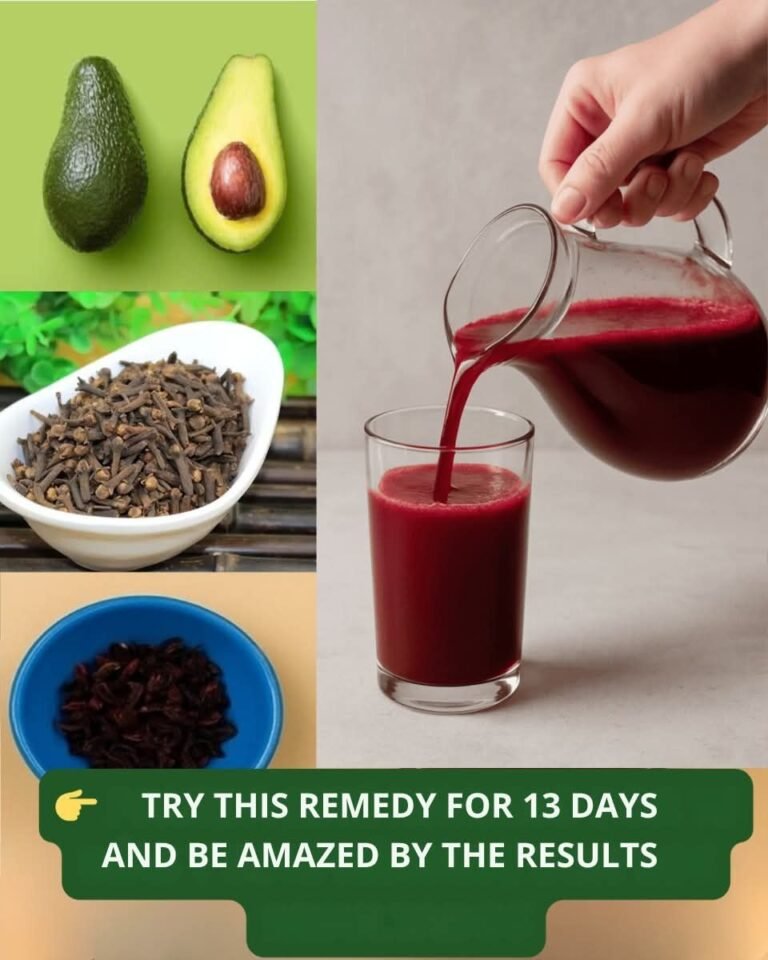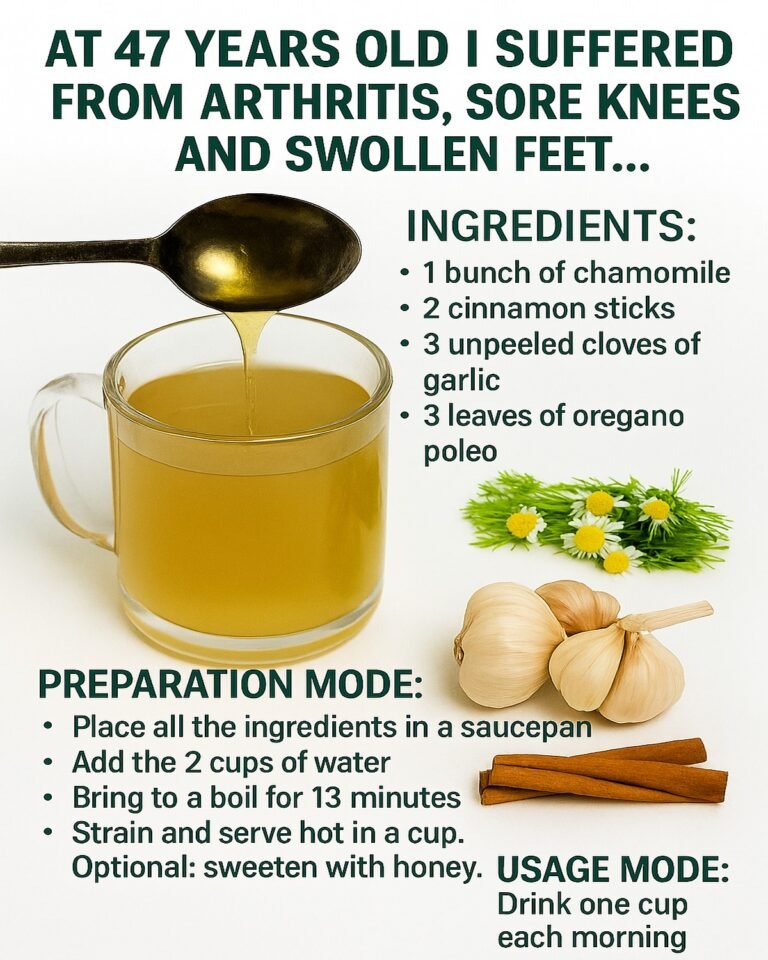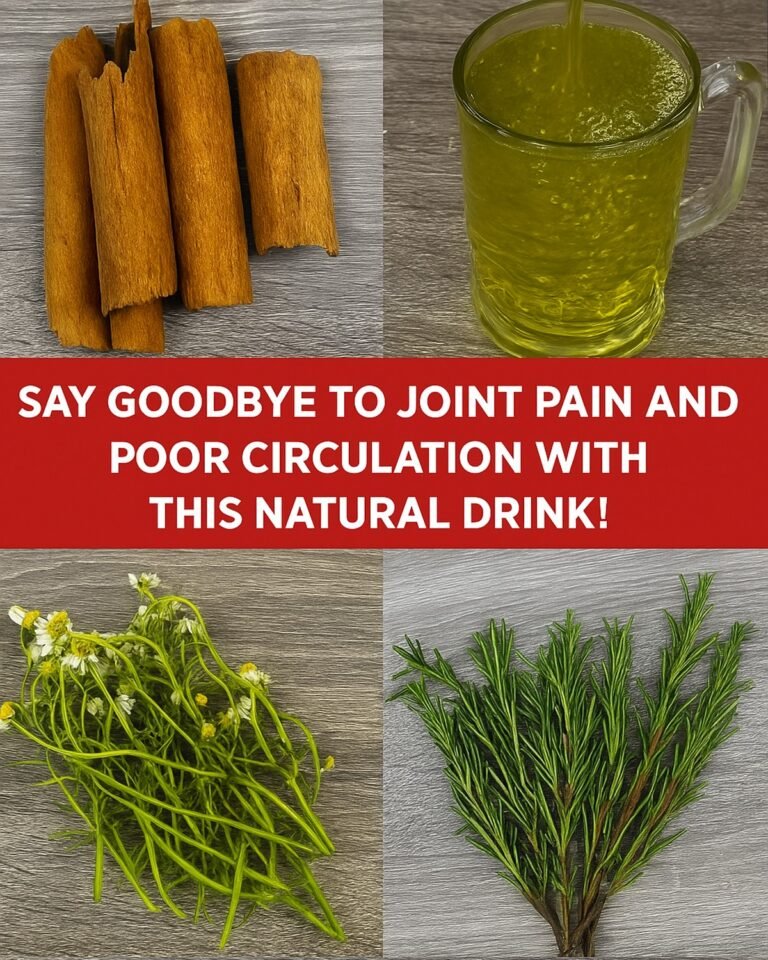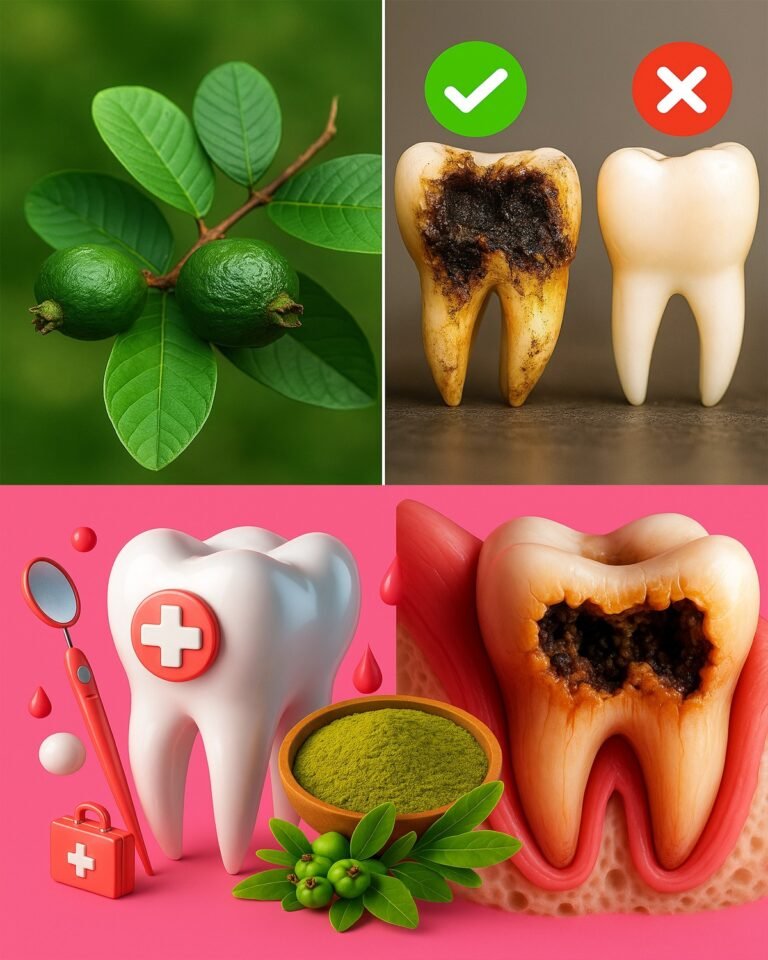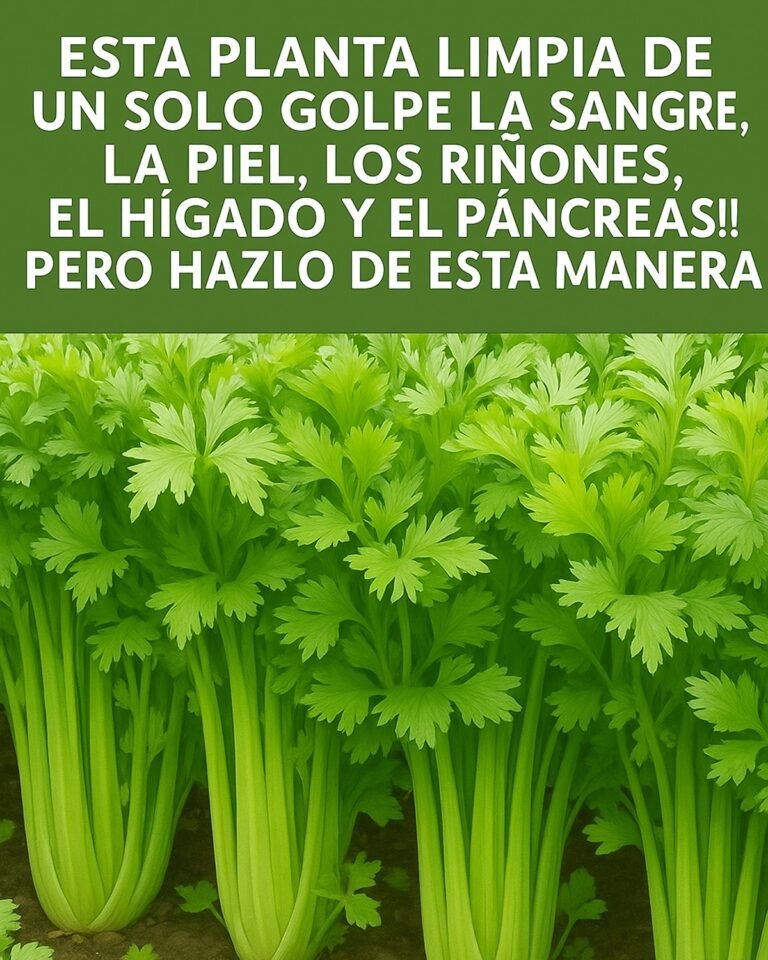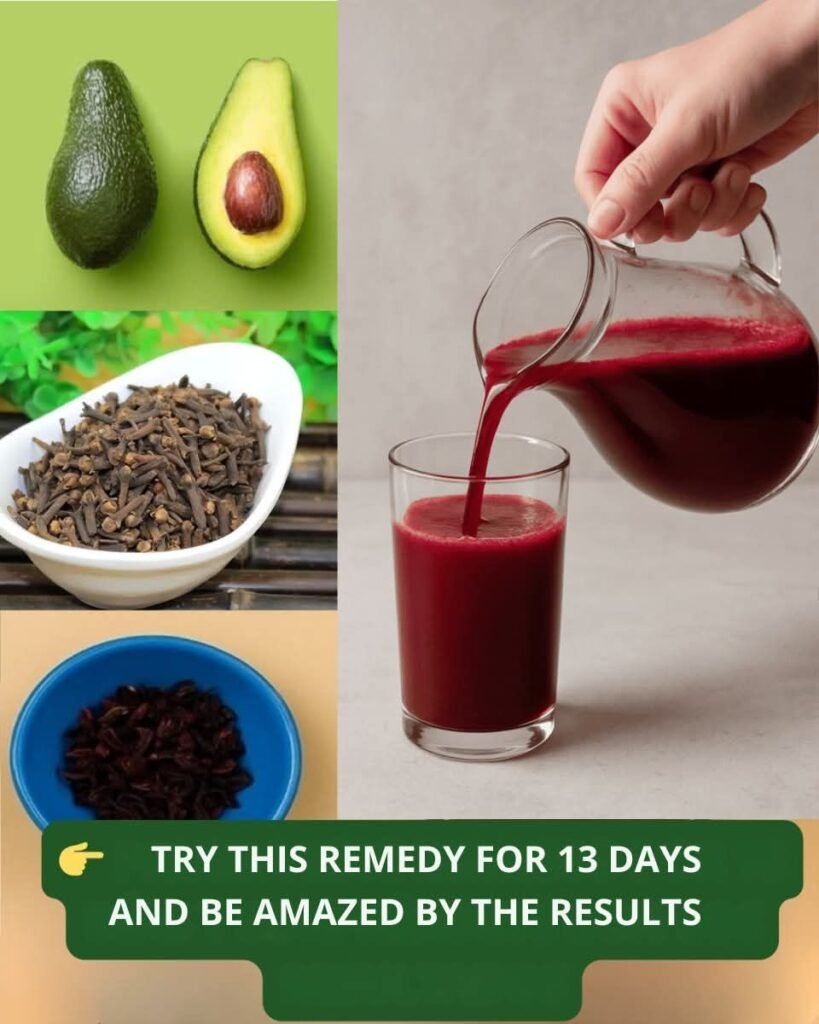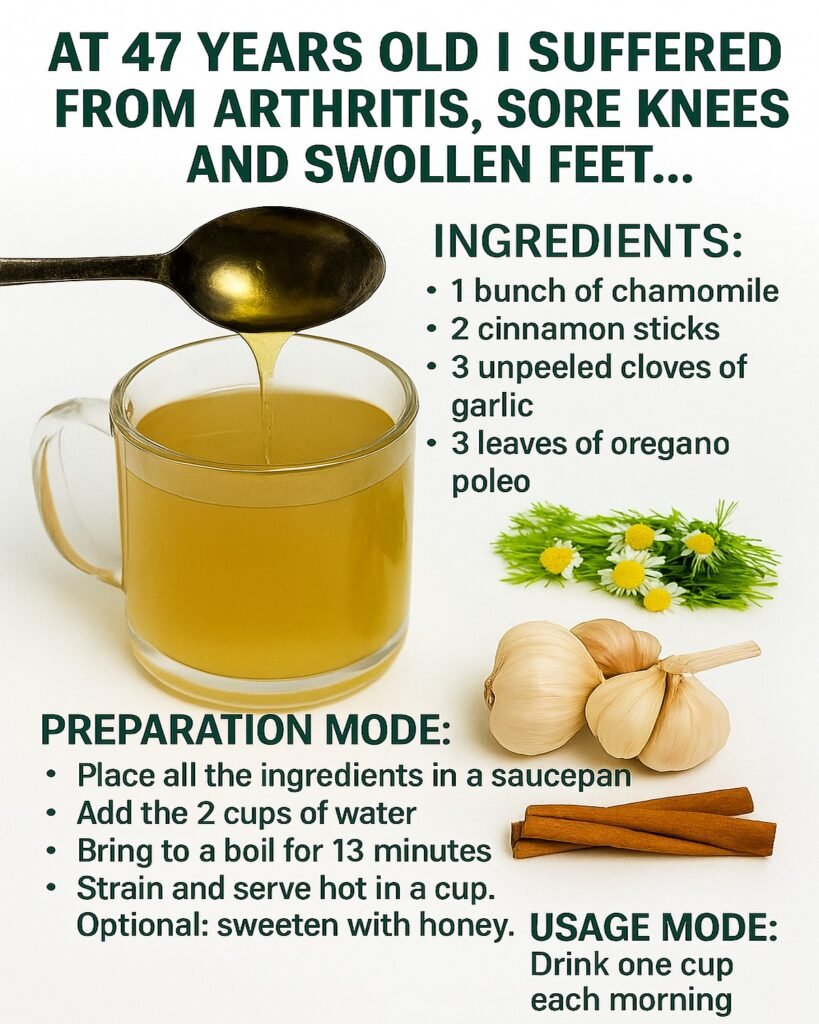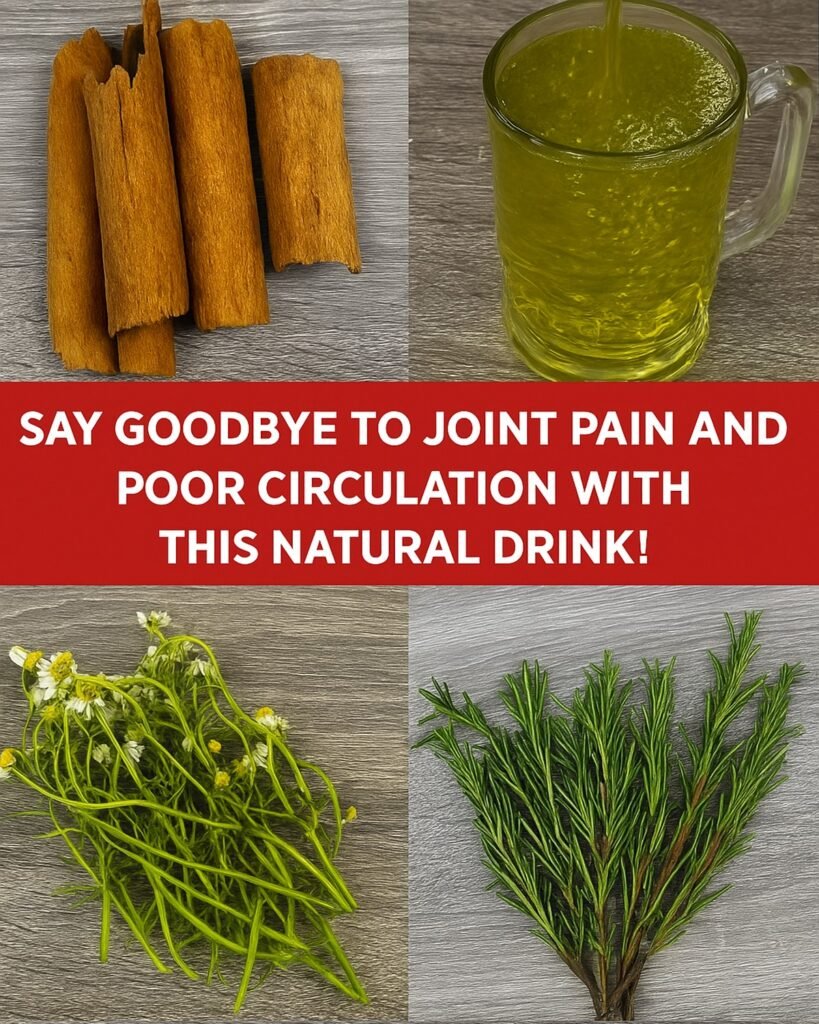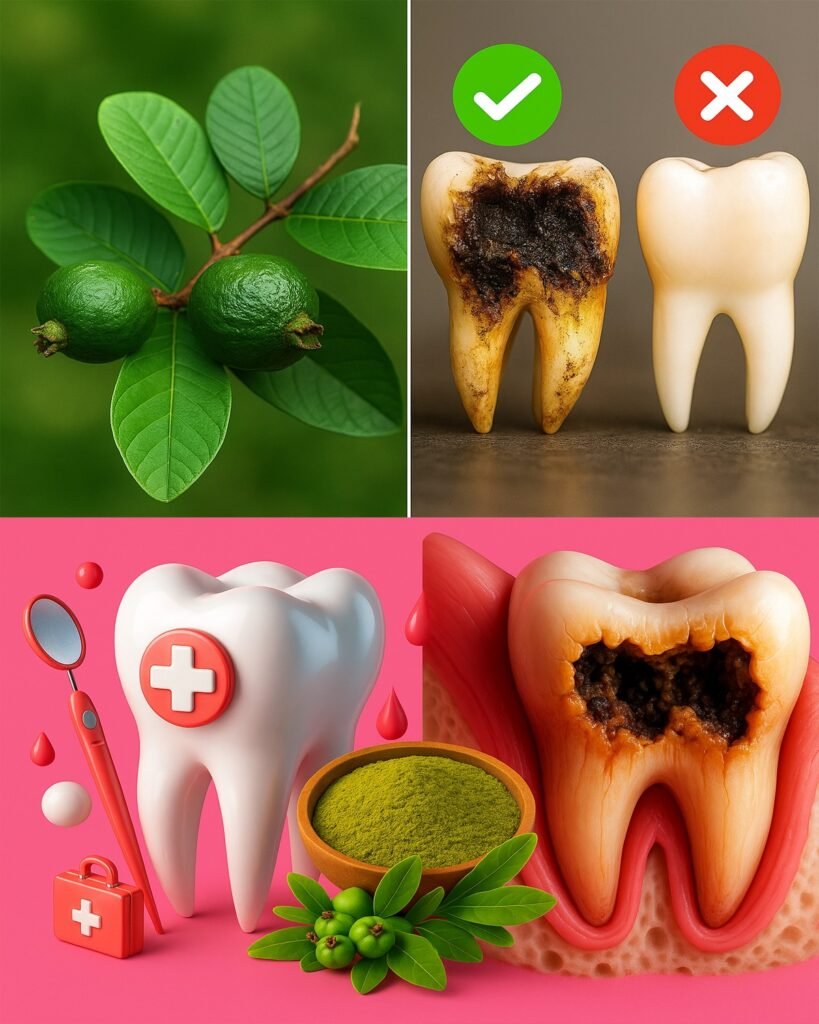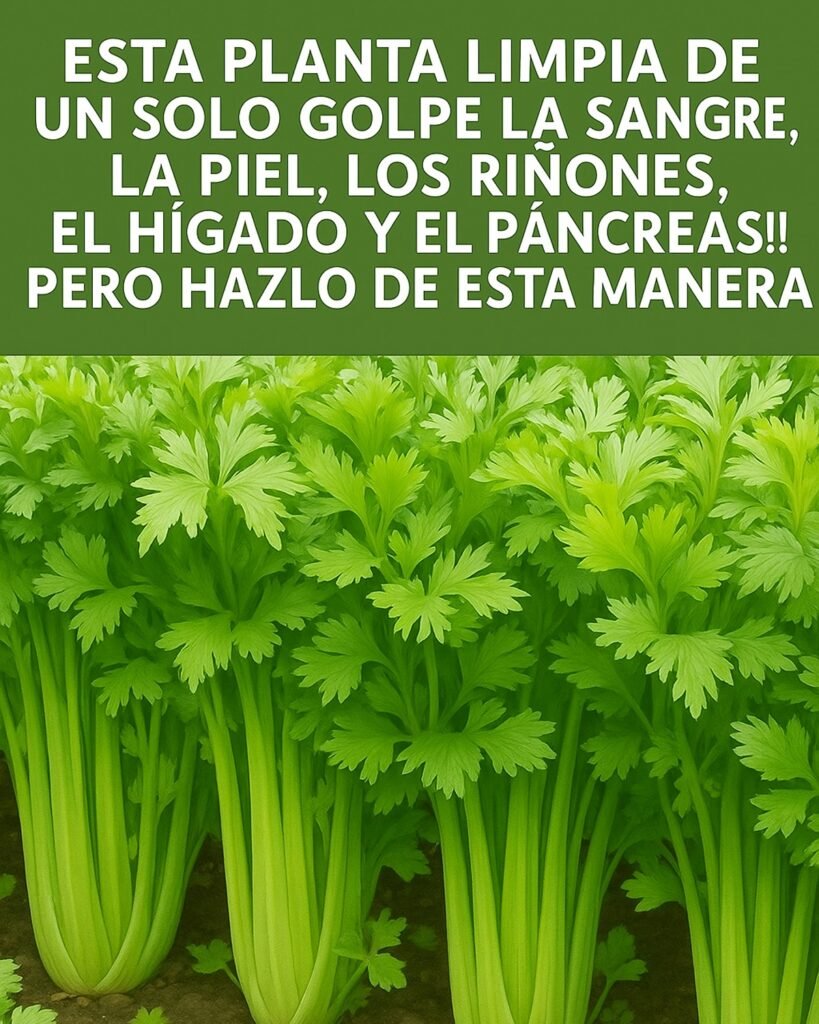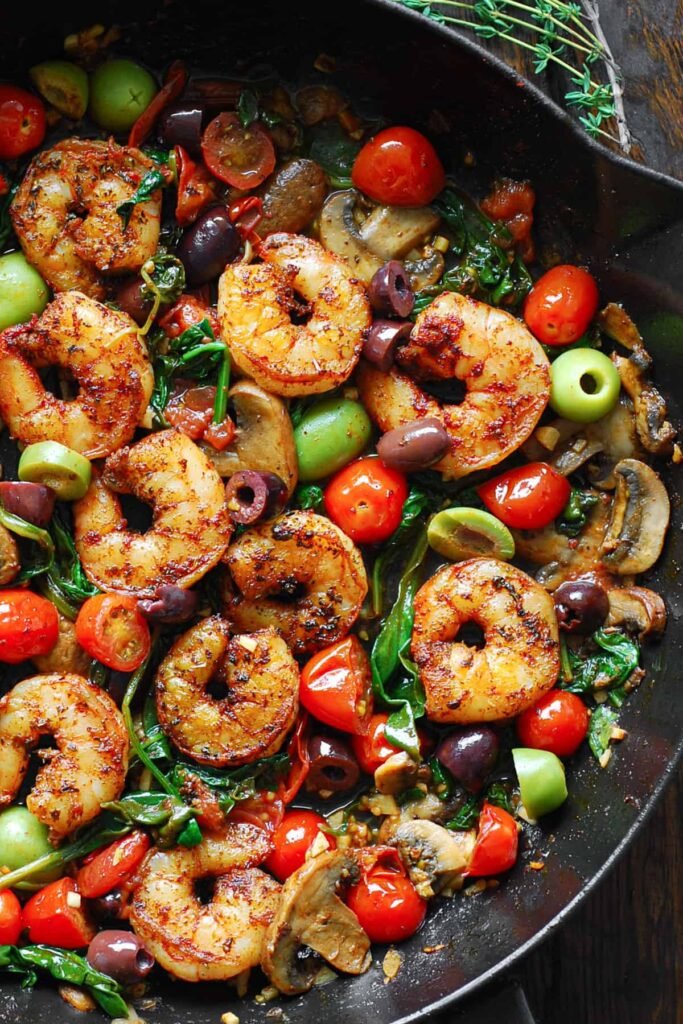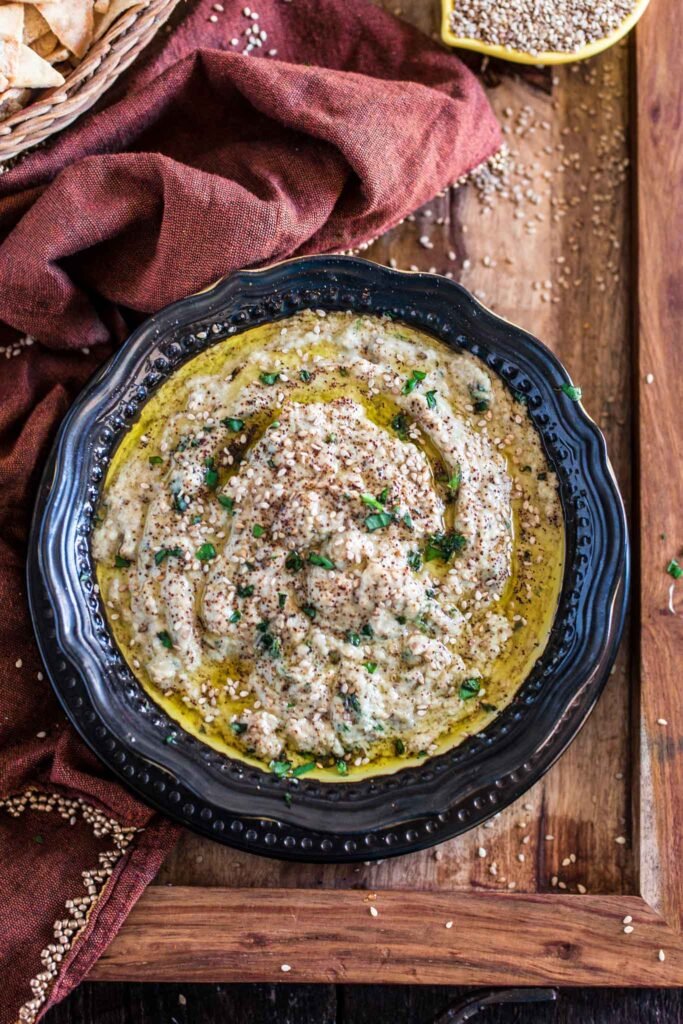Rust No More: Complete Guide to Recovering Metal Objects with Lemon, Vinegar and Baking Soda
Everyone has come across that utensil, tool or bicycle part that has taken on an orange hue that seems to spell the end of the object. Rust – the silent enemy of metals – attacks without warning and compromises appearance, functionality and safety.
The good news? You can reverse the situation using simple kitchen ingredients, without resorting to expensive or environmentally harmful products.
Instead of discarding the rusty item, it is worth investing a few minutes in a natural treatment capable of restoring shine and prolonging the useful life of metal surfaces.
This guide presents a three-step process – lemon, vinegar and baking soda – that forms a powerful and inexpensive “anti-corrosion team”. Understand why the method works, see the complete step-by-step guide and discover additional tips to prevent new rust outbreaks.
Why does metal rust?
Rust is the result of an electrochemical reaction known as oxidation. Whenever iron or iron-containing alloys come into contact with water and oxygen, iron hydroxide is formed, a porous and fragile substance that gradually spreads through the piece. Without intervention, the brown layer deepens, creating micro-cracks that can lead to the breakage of the object.
Essential ingredients and materials
-
- Juice of 3 lemons (increase the quantity depending on the size of the item).
- 1 bottle of white vinegar (mild acidity and high degreasing power).
- 3 tablespoons baking soda (mild abrasive and acid neutralizer).
- Sheets of aluminum foil (ideal texture for rubbing without scratching).
- Deep container (bucket or plastic basin).
- Microfiber cloth (soft and highly absorbent).
- Protective gloves (optional, but recommended).

Step by step: eliminating rust naturally
1. Initial exfoliation with lemon and aluminum foil
- Cut pieces of aluminum foil into squares about 4 × 4 inches.
- Dip each piece in lemon juice. The citric acidity helps loosen surface rust.
- Rub the object in gentle circular motions. The friction of the aluminum combined with the acid acts like fine sandpaper, removing much of the visible corrosion.
- Rinse quickly to remove loose residue and pat dry with paper towel.
2. White vinegar bath
- Fill the deep container with enough vinegar to cover the item completely.
- Submerge the piece and let it sit for 8 to 12 hours (ideally overnight). The acetic acid will dissolve any remaining oxide particles, including those in hard-to-reach areas.
- After the immersion period, remove the object and discard the used vinegar.
3. Neutralization and polishing with bicarbonate
-
- While the metal is still wet, sprinkle baking soda over the microfiber cloth.
- Scrub the entire surface. The baking soda neutralizes the vinegar, prevents further corrosion and acts as a gentle polish.
- Finish by rinsing with running water and drying thoroughly to leave no residual moisture.
- If extra shine is desired, apply a light coat of mineral oil or clear wax.
Science behind the method
| Ingredient | Anti-corrosive function | Additional effect |
|---|---|---|
| White vinegar | Dissolves iron oxides thanks to acetic acid | Removes grease and dirt |
| Baking soda | Neutralizes acidity, acts as a mild abrasive | Creates temporary barrier against further oxidation |
| Lemon | Citric acid breaks down early rust and brightens metal | Fresh aroma and disinfectant action |
| Aluminum foil | Reacts with iron oxide to form aluminum oxide, which is easier to remove | Malleable texture that won’t scratch metal |
Maintenance and prevention tips
-
- A dry environment is essential : store tools inside boxes with silica or bags of uncooked rice that absorb moisture.
- Reapply protection periodically : a thin film of mineral oil forms a barrier against water and oxygen.
- Frequent visual inspection : the earlier rust is identified, the easier it is to remove.
- Avoid prolonged contact with chlorine : swimming pools and hypochlorite-based cleaning products accelerate corrosion.
- Soft bristle brush for corners : for difficult details, choose a nylon brush instead of metal objects that can scratch.
Aluminum foil beyond rust removal
- Oven protection : lining the bottom rack catches grease drips, eliminating the need for heavy scrubbing later.
- Ironing in record time : place aluminum under the ironing board cover; the heat reflects and smoothes the fabric on both sides.
- Sharpen scissors : bend and cut aluminum strips repeatedly to renew the blade’s sharpness.
Final considerations
Solving rust problems doesn’t have to be expensive or complicated. The combination of lemon + vinegar + baking soda, enhanced by aluminum foil, forms a powerful home treatment, capable of rescuing utensils, tools, bicycles and decorative objects in just a few steps. In addition to being economical, the method is ecological, does away with toxic products and promotes the reuse of materials that are already in the pantry. Adopting this care routine extends the useful life of metals, avoids waste and keeps the house always functional and shiny.
